Hello everyone! Basel is basically the first city that I visited this year outside Zürich. It is a city in northwestern Switzerland on the river Rhine. Situated at the Swiss-German-French tripoint, the Basel region culturally extends into German Baden-Württemberg and French Alsace. Basel was the seat of a Prince-Bishopric since the 11th century, and joined the Swiss Confederacy in 1501. Basel had been a commercial hub since the Renaissance, and it emerged as a centre for the chemical and pharmaceutical industry in the 20th century.
Basel is Switzerland’s third-most-populous city (behind Zürich and Geneva) with about 195,000 inhabitants. Located where the Swiss, French and German borders meet, Basel also has suburbs in France and Germany. In 2014, the Basel agglomeration was the third largest in Switzerland with a population of 537,100 in 74 municipalities in Switzerland and an additional 53 in neighboring countries (municipal count as of 2000). The tri-national Basel metropolitan area has around 830,000 inhabitants in 226 municipalities. Basel has been an important cultural centre since the Renaissance and the Age of Enlightenment. It has the oldest university of the Swiss Confederation (1460).
I went there in early January and I checked the weather report before going. The weather forecast said the weather should be at least as good as sunny with cloud. However, when I arrived……
Well, the weather got better shortly but later……Well, I’ll tell you later. Now let’s have a look what what i recommend you to visit in Basel.
Tinguely fountain
Basel got a new landmark in 1977 when Jean Tinguely placed some amusing machine sculptures in an enormous pool of water on the site where the stage of the old city theatre was once located. The Swiss artist had black asphalt poured into a shallow basin before placing these low power-operated, water-spouting objects in it. These nine iron eminences are in constant motion and “talk” to each other just as did the actors and dancers who once performed at this very spot.
Jean Tinguely (22 May 1925 – 30 August 1991) was a Swiss painter and sculptor. He is best known for his sculptural machines or kinetic art, in the Dada tradition, known officially as metamechanics. Tinguely’s art satirized the mindless overproduction of material goods in advanced industrial society.
Born in Fribourg, Tinguely grew up in Basel, but moved to France in 1952 with his first wife, Swiss artist Eva Aeppli, to pursue a career in art. He belonged to the Parisian avantgarde in the mid-twentieth century and was one of the artists who signed the New Realist’s manifesto (Nouveau réalisme) in 1960.
His best-known work, a self-destroying sculpture titled Homage to New York (1960), only partially self-destructed at the Museum of Modern Art, New York City, although his later work, Study for an End of the World No. 2 (1962), detonated successfully in front of an audience gathered in the desert outside Las Vegas.
Dreiländereck (Three Country Monument)
One of my main purposes of this trip is to visit the Dreiländereck (Three Country Monument). It is a monument in Basel, Switzerland. It marks the tripoint where the borders of France, Germany and Switzerland meet. The tripoint itself is located in the middle of the river Rhine. The monument dedicated to it is in Swiss territory, on a point of land approximately 150 metres to the south-east, thus not very easy to reach by public transport. You should take either tram No.8 or bus No. 36 to Kleinhüningen and then walk 12 mins along the river to the monument. From there, on your right side is Germany and on your left side is France. It’s a quite special feeling when you stand in Switzerland and look at France and Germany both about 350m away.
Rathaus Basel (Basel Town Hall)
The Basel Town Hall (German: Rathaus Basel, locally known as Roothuus) is a 500-year-old building dominating the Marktplatz in Basel, Switzerland. The Town Hall houses the meetings of the Cantonal Parliament as well as the Cantonal Government of the canton of Basel-Stadt.
The Great Council Chamber at one time featured a series of frescoes painted in 1522 by Hans Holbein the Younger however these have mostly been lost. Fragments of the work as well as some of the initial drawings are kept in the Kunstmuseum. “Rathaus” literally means “council house” while the term “Roothus” in the local Basel German dialect means both “council house” but also sounds like “red house”, a pun with reference to the red sandstone facade of the building.
When you walk on the west side of the Marktplatz, the building with the red wall is the Rathaus. I missed it when I was walking by because there were no outstanding signs or gates saying this is the town hall. I even went inside and then out, and I said: “wow, this building is so delicate and beautiful, but where’s the famous town hall?” even though I visited it just now lol.
Basler Münster (Basel Minster)
The Basel Minster (Basler Münster) is one of the main landmarks and tourist attractions of the Swiss city of Basel. It adds definition to the cityscape with its red sandstone architecture and coloured roof tiles, its two slim towers and the cross-shaped intersection of the main roof. The Münster is listed as a heritage site of national significance in Switzerland.
Originally a Catholic cathedral and today a Reformed Protestant church, it was built between 1019 and 1500 in Romanesque and Gothic styles. The late Romanesque building was destroyed by the 1356 Basel earthquake and rebuilt by Johannes Gmünd, who was at the same time employed for building the Freiburg Münster. This building was extended from 1421 by Ulrich von Ensingen, architect of the cathedral towers at Ulm and Strasbourg. The southern tower was completed in 1500 by Hans von Nußdorf.
During the iconoclasm of the Protestant Reformation, many valuable pieces of art belonging to the city of Basel and the minster were destroyed in 1528 and 1529. Numerous citizens stormed many of the churches in Basel, some of them by armed force in order to demolish religious paintings and statues. Huldrych Zwingli, an influential church reformer, condemned the worship of God in the form of pictures as idolatry.
Georgsturm and Martinsturm
The main front which points at the west is bestrided by two towers. The northern tower is called Georgsturm (64.2 m) and the southern tower is called Martinsturm (62.7 m). The towers are named after Georg and Martin, saints of the knights. Copies of both saints are portrayed by corresponding equestrian sculptures next to the main entrance upon high pilasters below the particular towers. The statue of Holy Martin originated from the year 1340, today, can be found in the Klingentalmuseum. A mechanic clock and a sundial are located above the archetype. It is remarkable that the sundial of the Basler Münster shows the “wrong time” due to the Basler Zeit. Below the Georgsturm a monumental picture (1372) can be found which shows knight Georg fighting against a remarkably small dragon.
After a heavy earthquake in 1356 the Münster, which originally had five steeples, was reconstructed with only two steeples remaining. At the older Georgsturm, the lower brighter part that has remained untouched, can still be seen. In 1500 a gorgeous finial was put on top of the Martinsturm. By using the steep spiral stairs in the southern steeple it is possible to see the old church clock from 1883. The belfry is situated in between the two steeples which are connected through a gallery. Georgturm and Martinsturm can both be accessed by 242 stairs. From there you get an overwhelming view of the city of Basel and the foothills of the Black Forest and the Jura Mountains.
Both of the steeples consist of three lower, undivided storeys and several Freigeschosse. The two lower storeys are simple and block-like. The steeples’ upper storeys soar up the tracery gallery. As those were not constructed simultaneously, they differ slightly in their outer appearance. In contrast to the southern steeple, the octagonally cross-sectioned steeple and the steeple topping attach only over a rectangle storey at the northern steeple. Comparable to the Freiburger Münster, lank Fialentürme project at the corners of the octagons.
As you can see from the pictures above, yes it started snowing again and HEAVILY! Actually I’ve been here twice. The first time I thought:”Hmmmmmm, it’s kind od cloudy. Let’s go somewhere else first and come back later. Maybe the weather will be better.” Also, I didn’t visit it first because they only accept cash. At least till the point I visited the minster, they didn’t accept cards or you will have to buy something to reach 20 CHF or more (I don’t remember whether they accept cards at all). Anyway, when I came back……Wow, the snow was so heavy and the roofs got white instantly. And of course, I didn’t get to enjoy the view of Basel as I expected in good weather, not to mention the foothills of the Black Forest and the Jura Mountains, but I have to say, it was also interesting and unforgettable experience. I don’t remember whether you can go to both towers or not (but I think you can because I remember crossing the two towers from the middle roof.
- For more info about the winter or summer opening time, opening hours during autumn mass, special opening hours due to holidays and events please click here. The last entry to the towers is half an hour before the closing time of the minster.
- Tickets for climbing the towers: Adult: 5 CHF.
- School classes from Basel-Stadt climb the towers for free.
A walk in the city
Since Basel is not a big city like Paris, I suggest you have a walk in the city. From Tinguely fountain to Basel minster, then to the Rathaus, to Spalentor, the the University of Basel and to Mittlere bridge, experience and explore the old town as well as the surrounding area.
It’s hard to believe that all the pictures are from the same day right? Sunny or snowy, rainy or cloudy, I wish you a special and unforgettable day in Basel. 🙂



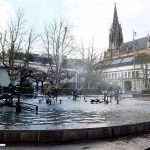
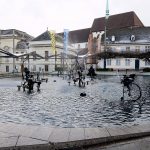
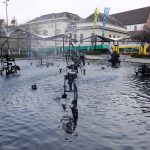
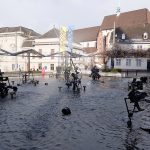

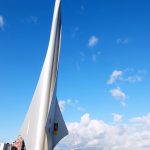
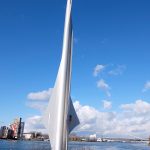
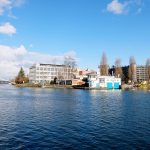
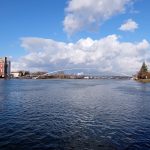
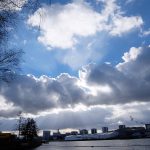

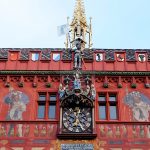
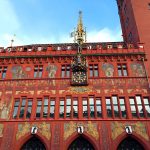

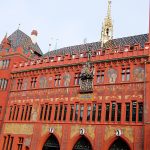
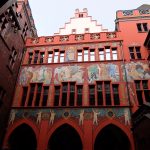
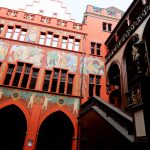
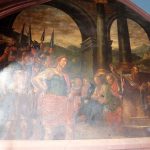
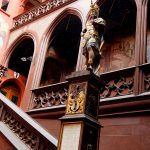
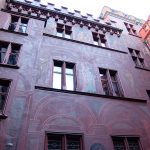
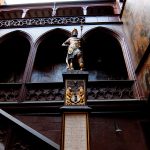
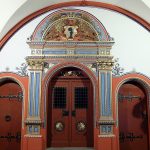
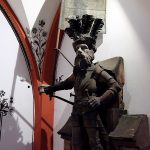
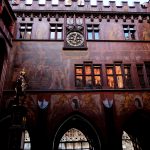
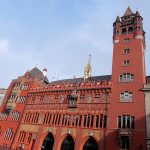
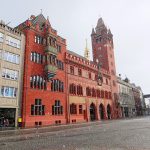

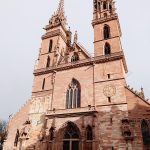
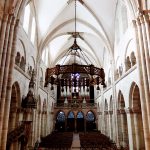

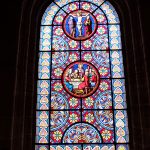

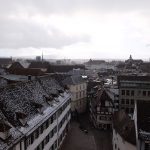
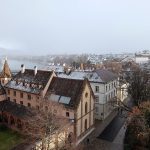
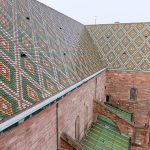

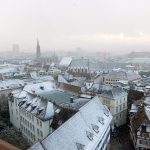
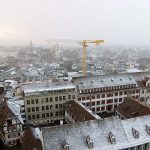


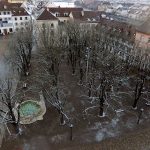
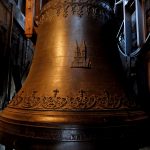

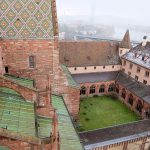
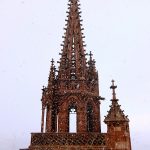
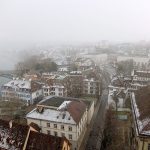
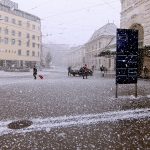

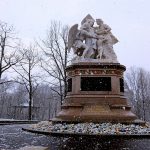
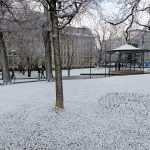
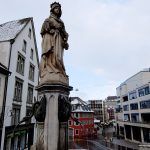
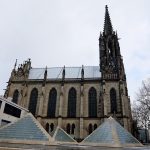
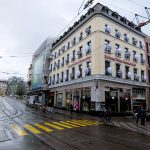
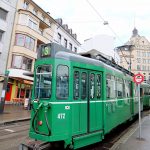
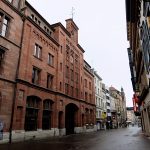
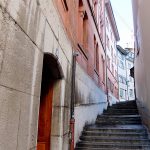
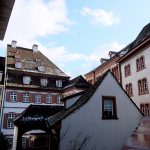
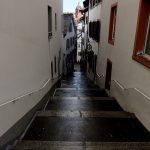
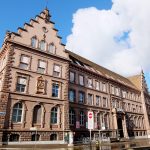


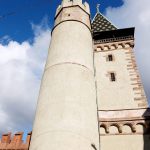
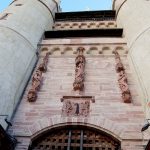
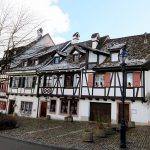
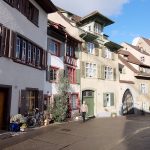
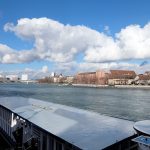
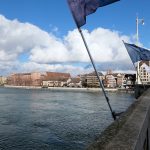
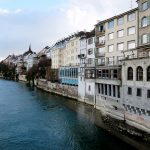
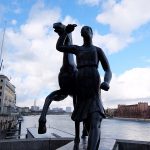
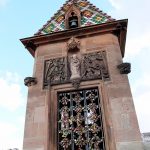
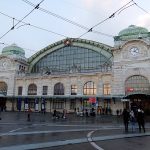
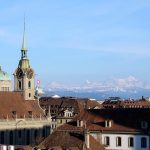
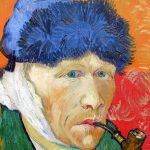
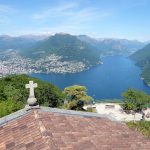
[…] the year and it was snowing heavily! If you wanna know more about the attractions in Basel please click here to read my previous post about it “Basel – a Swiss City Neighboring Germany and […]